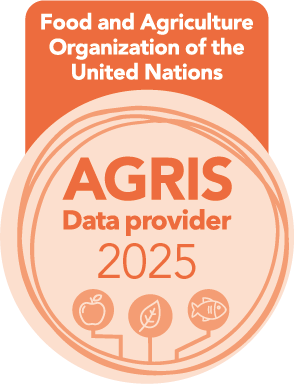Pattern of Crop Diversification in Tirunelveli district of Tamil Nadu
DOI:
https://doi.org/10.26725/JEE.2019.3.31.6353-6356Keywords:
Crop diversification, Cropping pattern, Tirunelveli, Simpson’s index of diversificationAbstract
Crop diversification is considered a significant component for achieving higher output growth, higher farm income, employment generation, sustainability of natural resources and poverty alleviation. Understanding the pattern of crop diversification is important for improving agricultural production and for the well being of farmers. This paper analyses the pattern of crop diversification in Tirunelveli district of Tamil Nadu. A non – experimental research design was used for this study. A sample size of 120 respondents was fixed for the study using proportionate random sampling technique. It was found that the cropping pattern of crop diversification in the district has slightly been changed and had increased in two decades. It was also found that there was only slight variation in the categories of crop diversification index among the respondents from the years of 2007-2008 to 2017-2018. Significant steps have to be taken to improve the crop diversification among the farmers.Downloads
Published
2020-05-29
How to Cite
Mohammed Ghouse, L., & Hassan, N. (2020). Pattern of Crop Diversification in Tirunelveli district of Tamil Nadu. Journal of Extension Education, 31(3). https://doi.org/10.26725/JEE.2019.3.31.6353-6356
Issue
Section
Research Note
License
Authors who publish with JEE agree to the following terms:
- Authors retain copyright and grant JEE right of first publication with the work simultaneously licensed under a Creative Commons Attribution License that allows others to share the work with an acknowledgement of the work's authorship and initial publication in this journal.
- Authors are able to enter into separate, additional contractual arrangements for the non-exclusive distribution of the journal's published version of the work (e.g., post it to an institutional repository or publish it in a book), with an acknowledgement of its initial publication in this journal.
- Authors are permitted and encouraged to post their work online (e.g., in institutional repositories or on their website) prior to and during the submission process, as it can lead to productive exchanges, as well as earlier and greater citation of published work (See The Effect of Open Access).
Extension Education Society
https://creativecommons.org/licenses/by-nc-sa/4.0/
This work is licensed under a Creative Commons Attribution-NonCommercial-ShareAlike 4.0 International License.













.png)

